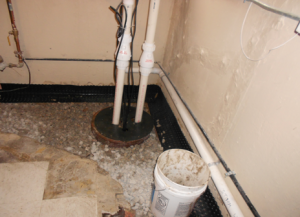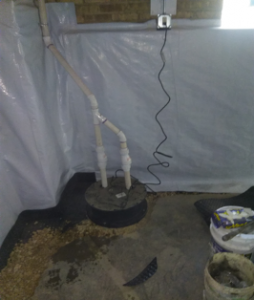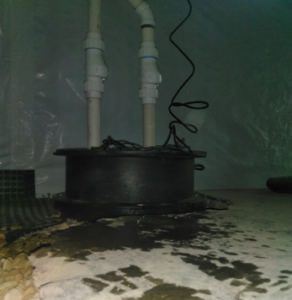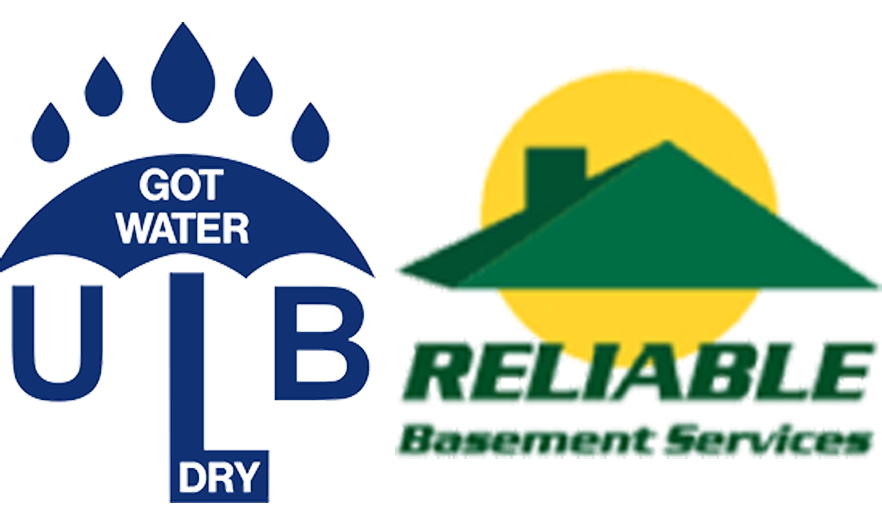
Basement waterproofing isn’t a one-size-fits-all type of practice. In truth, there are a number of different types of waterproofing entities available, each of which comes with different benefits and shortcomings.
While one basement might hold up well with one or two of these entities, another basement might require the use of 4 or 5 in order to stay dry. For this reason, it’s important that you are aware of all the available options.
Thinking about doing some basement waterproofing in Addison? Curious as to what’s available to you? Read below to find out.
Drain Tile
One of the keys to keeping water out of a basement is to prevent it from pooling around the exterior of the basement wall. How can you do this? By installing drain tile adjacent to the wall.
This way, when the water flows down toward the wall, it’s caught by the drain tile and filtered away to an outlying part of the yard, far away from the wall.
A drain tile system is a vital part of any basement waterproofing system. Often working in tandem with sump pumps, they prevent not only flooding, but foundational cracking as well.
Sump Pump

Along with drain tile, the sump pump is one of the most important components in a basement waterproofing system. This device sits within or on top of a sump pit, gauging water levels and ensuring that they don’t rise too high.
If water levels do rise too high, the sump pump goes to work, actively forcing water out through the drain tile system and ensuring that the basement does not flood.
Many basements utilize two sump pumps: one of which is powered by electricity, and the other of which is powered by a battery. This way, if the power were to go out during a storm, the battery-powered version will still be able to kick into action and keep water levels down.
Waterproofing Membrane
Another basement waterproofing entity you should consider is the waterproofing membrane. Waterproofing membranes are installed directly onto basement walls, eliminating all risk of wall leakage. Generally lasting for around 10 years, they reduce the need for foundation crack repair over time.
Though waterproofing membranes aren’t imperative for keeping water out of a basement, they can be a big help. If you don’t want to worry about repairing foundation cracks for the next decade, you should consider installing one.
Downspout Extensions
The point of roof drainage systems is to funnel water away from the bases of their corresponding homes. Unfortunately, in many cases, their downspouts sit so close to the bases of their homes that they don’t really make a difference. They still allow water to pool around their respective foundations during a rainfall.
This is where downspout extensions come in. Downspout extensions add 4 to 6 feet to every downspout, ensuring that roof water is carried far, far away from the foundation. This leads to less hydrostatic pressure, less foundational damage, and less flooding over time.
Grading
The most extreme waterproofing practice is grading. This is a practice in which the contours of a home’s yard are altered to prevent water pooling. It’s often necessary for homes that were built at the bottom of a hill or slope, as they are most susceptible to water pooling and foundational damage.
Grading requires a lot of digging and soil displacement. It’s a major project that should only be carried out if entirely necessary.
Make Use of Basement Waterproofing in Addison

Are you looking to waterproof your basement? Looking to make use of basement waterproofing in Addison? If so, ULB-DRY Waterproofing has you covered.
We are well-versed in all types of waterproofing techniques, having installed waterproofing entities in countless homes throughout the Addison area. Regardless of your needs, we can help.
Contact us now to get the process started!





